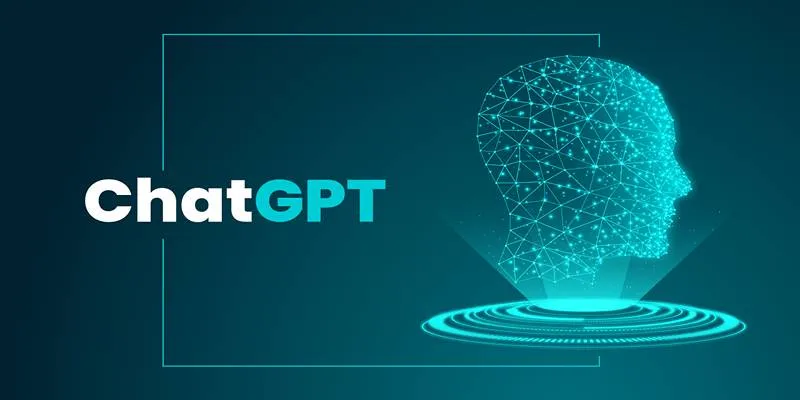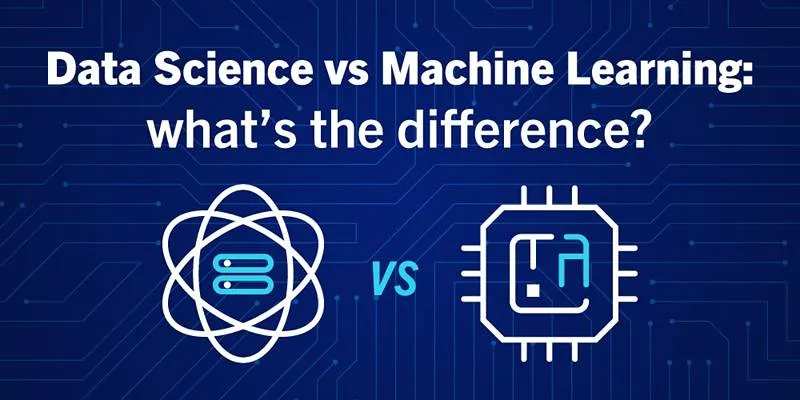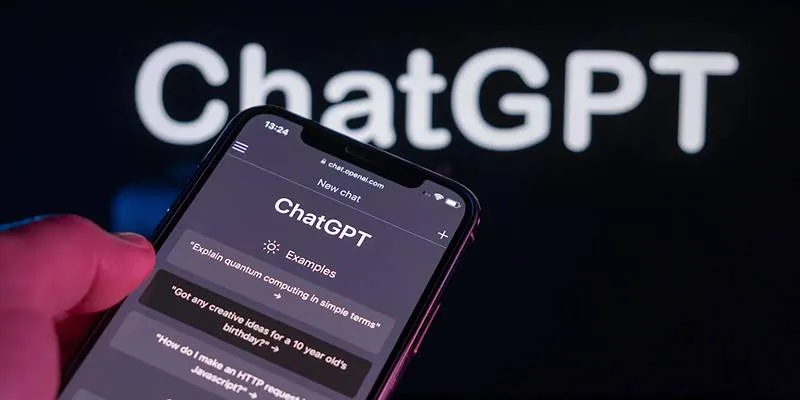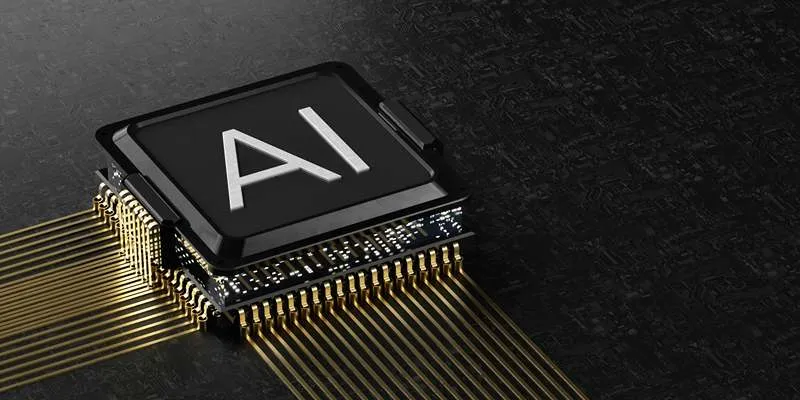Microsoft’s Phi-1.5 is a compact yet powerful language model, boasting 1.3 billion parameters. Despite its small size, it is both efficient and effective, delivering intelligent solutions without the need for the extensive resources demanded by larger artificial intelligence models. Designed to enhance English comprehension, Phi-1.5 aids in content creation and provides responsive solutions.
The growing popularity of small models like Phi-1.5 stems from their speed and cost efficiency. Their distinctive architecture and training methodologies differentiate them from larger models. This guide delves into Microsoft’s Phi-1.5, exploring its characteristics, performance, and applications. Additionally, we’ll discuss the significance of small AI models in the current technological landscape and compare them with other models.
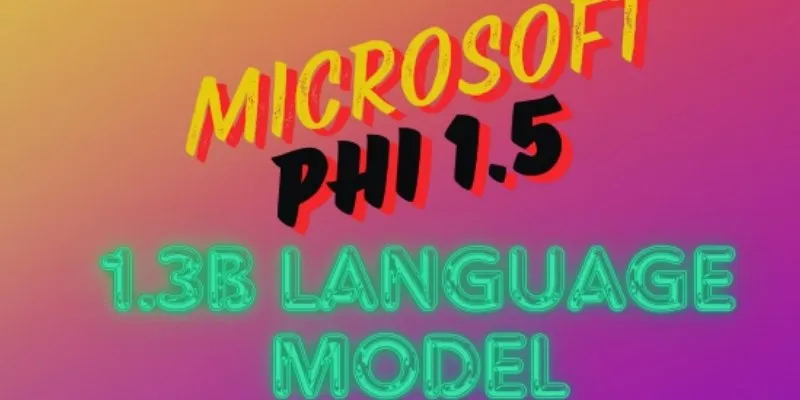
What Is Microsoft’s Phi-1.5?
Phi-1.5 is a small language model with 1.3 billion parameters, designed by Microsoft to be lightweight yet robust and versatile. Ideal for devices with limited resources, it outperforms many larger models in language-related tasks such as coding, text generation, and content summarization. Trained on high- quality data, Phi-1.5 ensures reliability and accuracy.
Microsoft has optimized Phi-1.5 for efficiency, enhancing its responsiveness and usability. One of its standout features is speed, making it perfect for users seeking quick responses. Its reduced computational needs also lower operational costs. As AI technology evolves, models like Phi-1.5 offer practical solutions without excessive resource demands.
Features of Phi-1.5
Microsoft’s Phi-1.5 stands out due to several key features:
- Efficient Performance: Despite having only 1.3 billion parameters, Phi-1.5 delivers strong performance. Its optimized design allows it to use fewer resources while excelling in various language-related tasks.
- Lower Computing Requirements: Phi-1.5 operates efficiently on less powerful devices compared to larger AI models, reducing operational costs and energy consumption.
- Fast Response Time: Its compact size enables rapid data processing, making it ideal for real-time applications that require quick responses.
- Better Optimization: Microsoft has enhanced the model’s training process to improve accuracy and efficiency, enabling it to understand and generate high-quality language across diverse contexts.
- Versatile Applications: From coding and summarizing to writing, Phi-1.5 is adaptable across various sectors including technology, business, and education.
How Does Phi-1.5 Compare to Other Models?
Large language models like GPT-4 are defined by gigabytes of parameters and require substantial resources to provide comprehensive solutions. In contrast, Phi-1.5, despite its smaller size, delivers impressive results.
Compared to larger models, Phi-1.5 is:
- Faster: Its smaller scale allows for quick text analysis, providing speedy responses crucial for real-time applications, thereby enhancing user experience and work efficiency.
- More Affordable: With lower computational requirements, Phi-1.5 significantly reduces operational costs. This makes it an economical choice for AI applications, promoting sustainability through reduced energy usage.
- Easier to Deploy: Compatible with low-resource devices, Phi-1.5 integrates seamlessly across platforms, from cloud-based systems to mobile devices. This flexibility is ideal for businesses and developers who want to implement AI technologies without investing in expensive infrastructure.
Applications of Microsoft’s Phi-1.5
Phi-1.5 is applicable across various fields, including:
- Chatbots and Virtual Assistants: It powers AI chatbots for customer service and automation, enabling quick responses and improved user interactions.
- Content Generation: The model aids in generating reports, summaries, and articles efficiently, benefiting companies, writers, and researchers.
- Education and Learning: Phi-1.5 supports students by explaining concepts and assisting with assignments, enhancing educational experiences.
- Coding Assistance: It assists developers by recommending code, detecting errors, and automating repetitive tasks, boosting productivity.
- Business Automation: By automating routine tasks, Phi-1.5 helps organizations streamline processes, reduce manual work, and enhance operational efficiency.

The Importance of Small Language Models
Models like Phi-1.5 are gaining traction due to their ability to deliver intelligent solutions without extensive resources. They are more accessible and efficient than larger AI systems, which require significant computational power. Operating a small model is less costly, making AI more affordable for both businesses and individuals.
Greater accessibility allows more users to leverage AI without expensive technology, promoting wider adoption across various sectors. The faster processing of compact models enhances efficiency in numerous fields, while their lower energy consumption supports sustainability. As AI continues to evolve, small models will play a crucial role in practical applications.
Conclusion
With 1.3 billion parameters, Microsoft’s Phi-1.5 is a formidable small language model. It offers exceptional performance with minimal resources, making it ideal for businesses, developers, and researchers seeking efficient AI solutions. Faster and more cost-effective than larger models, Phi-1.5 supports applications such as chatbots, content creation, coding assistance, and business automation. Its efficiency makes AI more accessible to a broader audience without the need for expensive hardware. Small language models provide advanced capabilities at a lower cost, reflecting the future direction of artificial intelligence, and Phi-1.5 exemplifies the potential and power of these compact models.
 zfn9
zfn9











